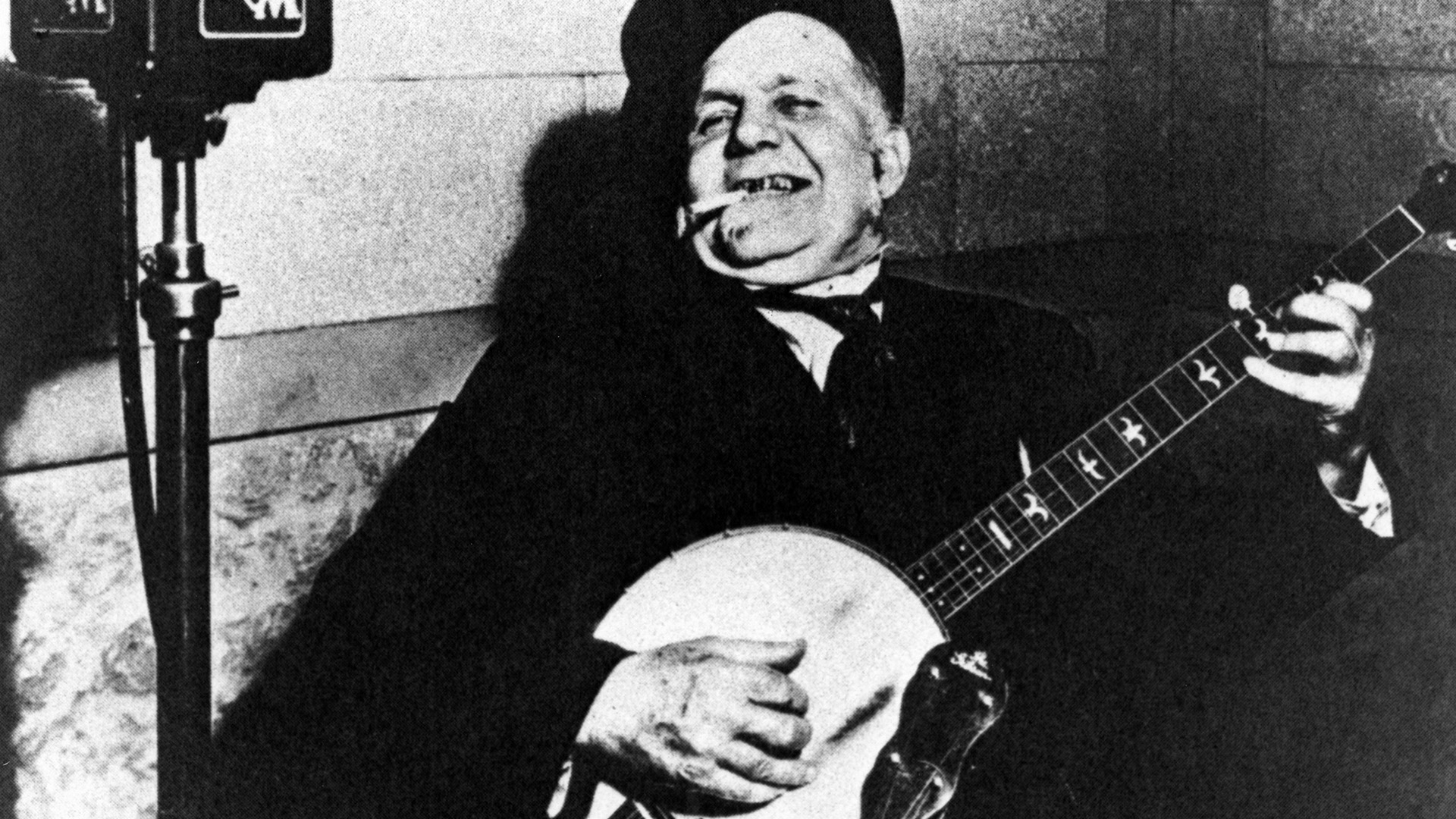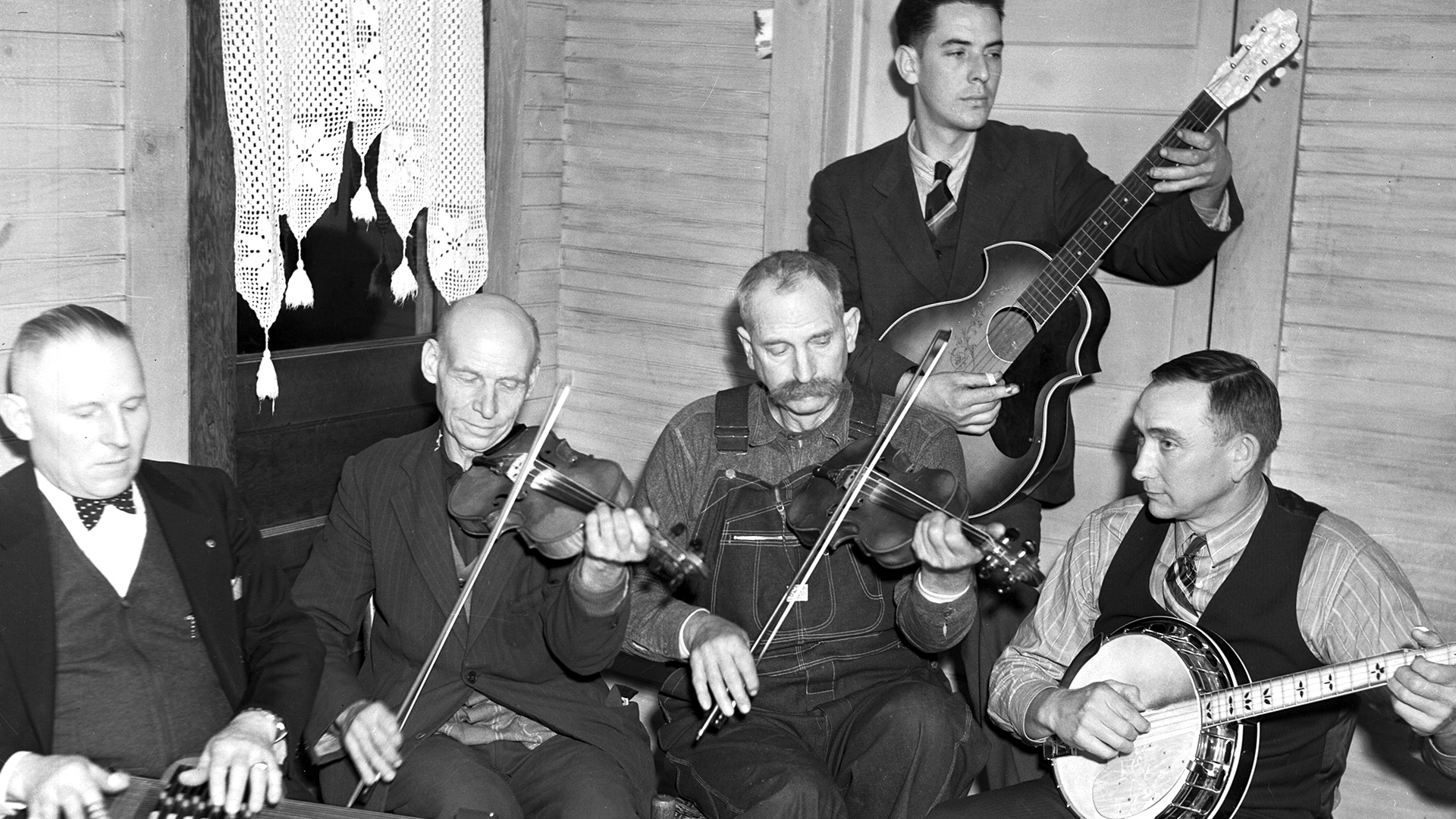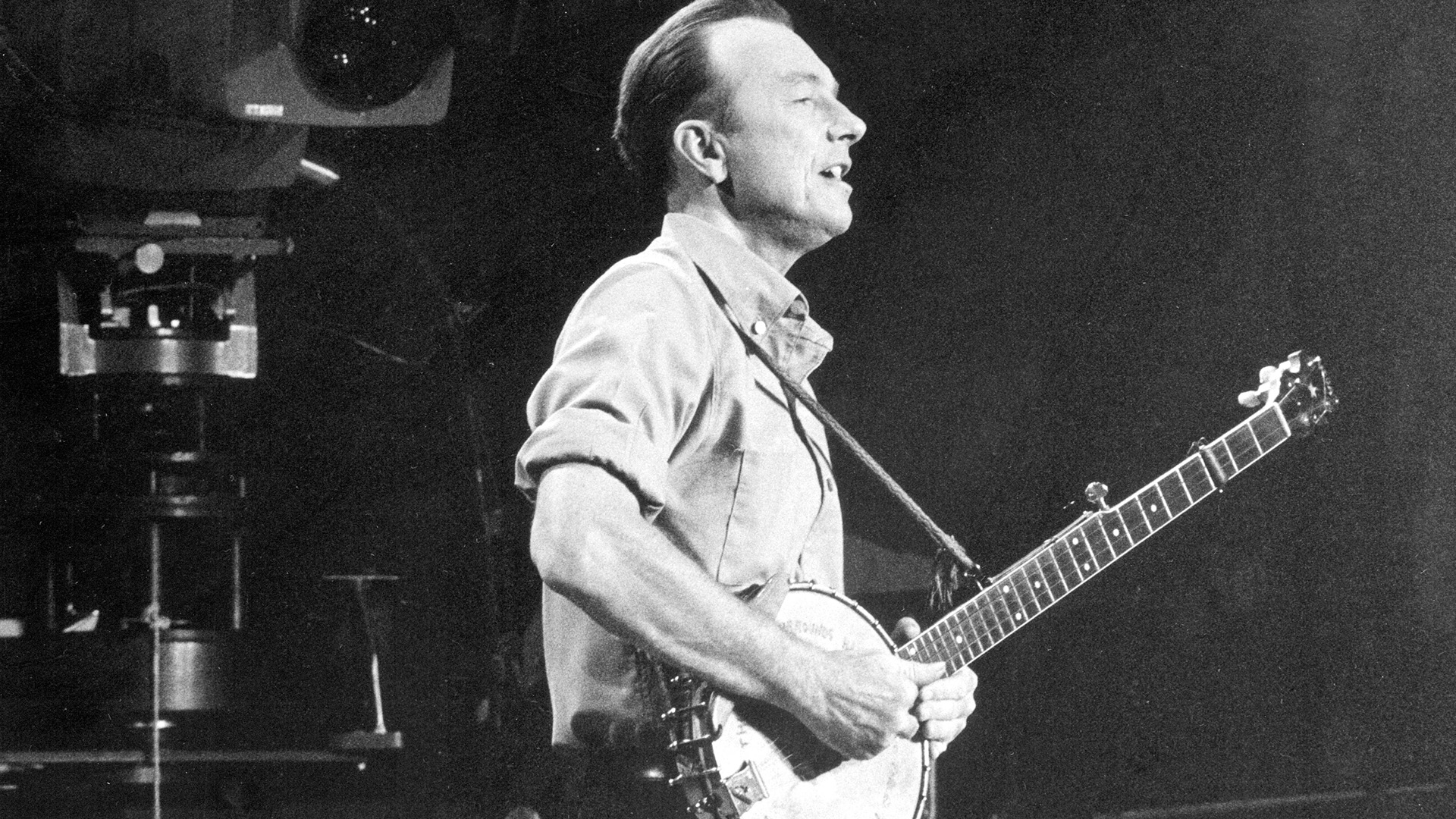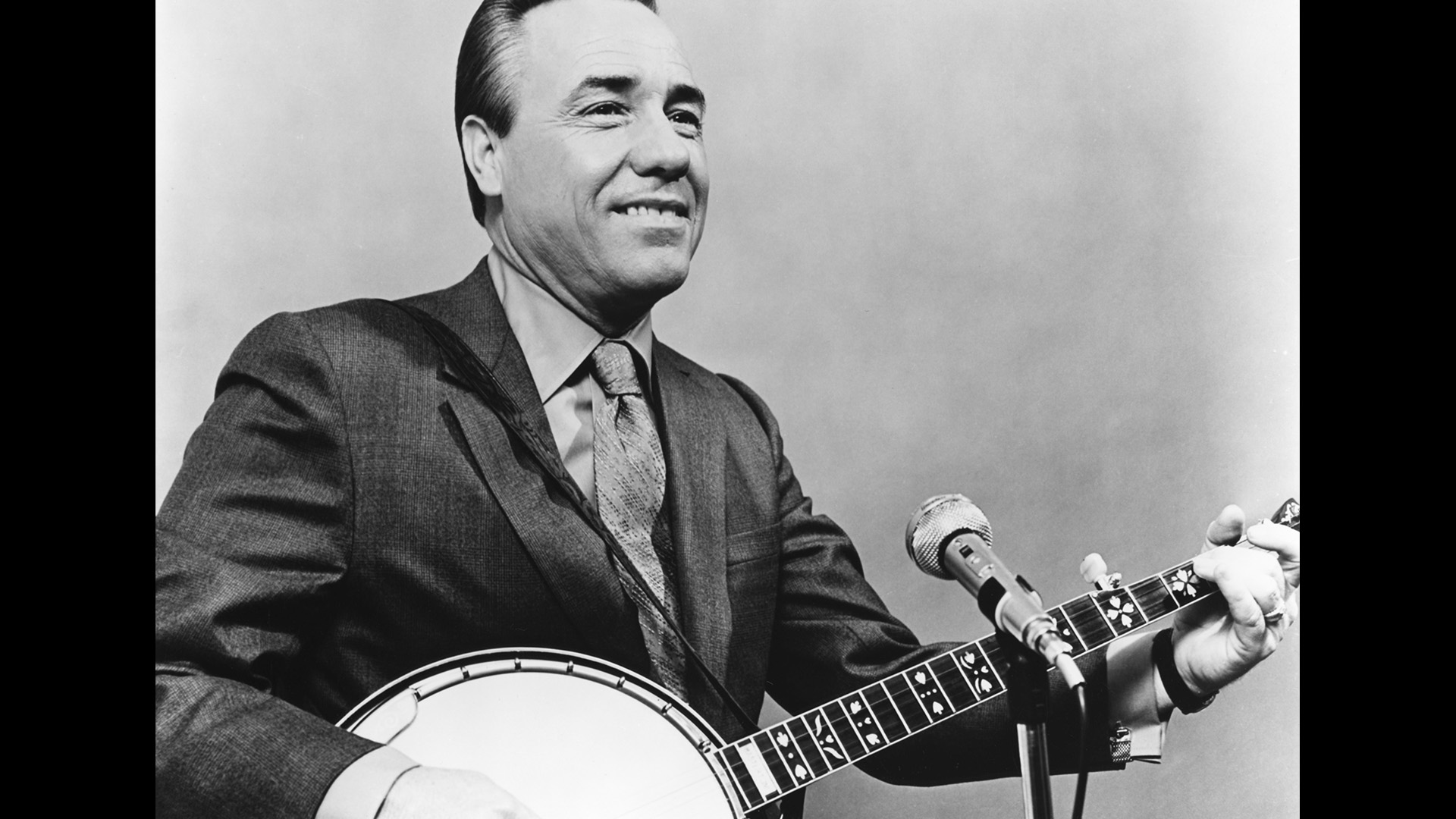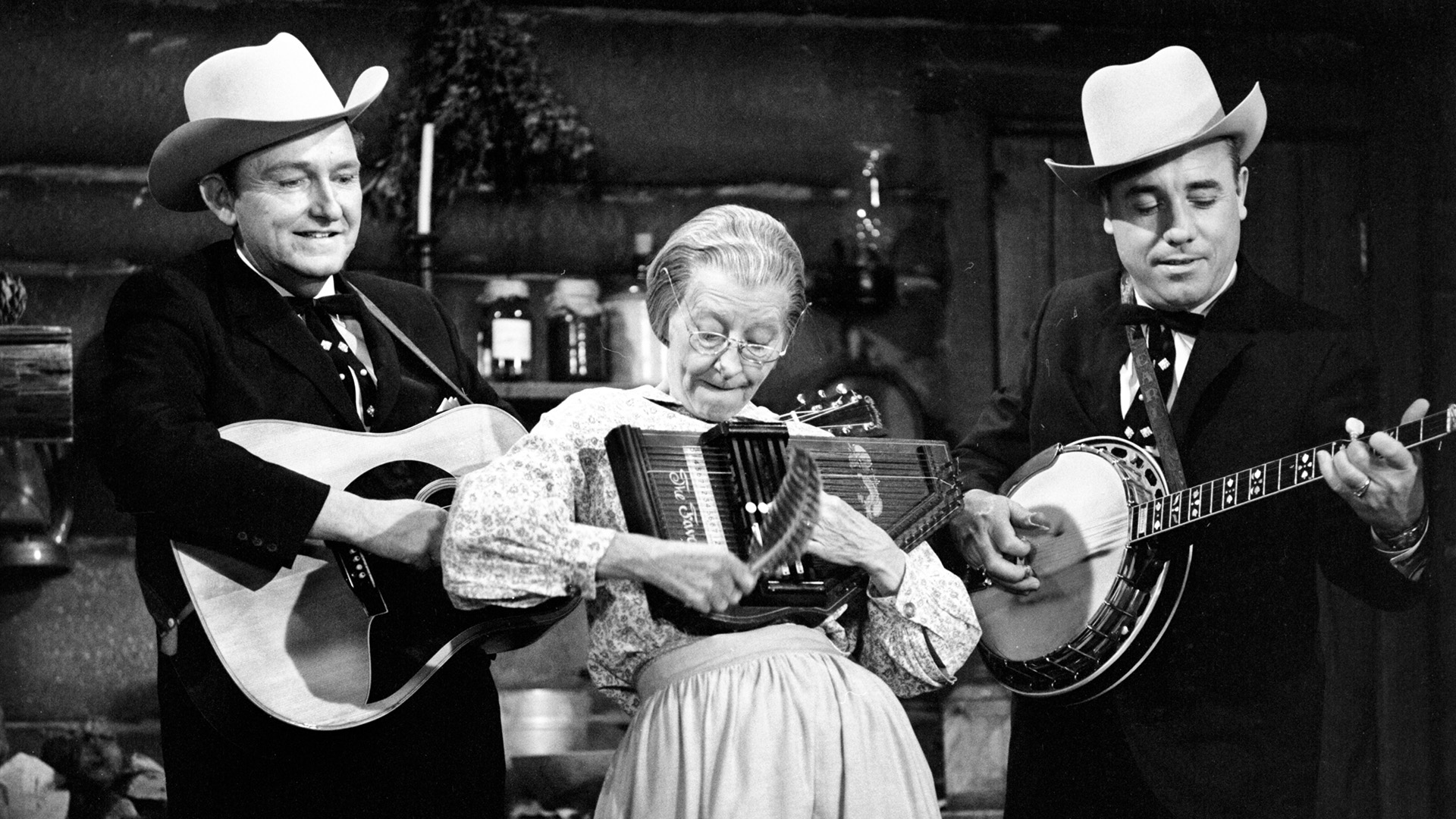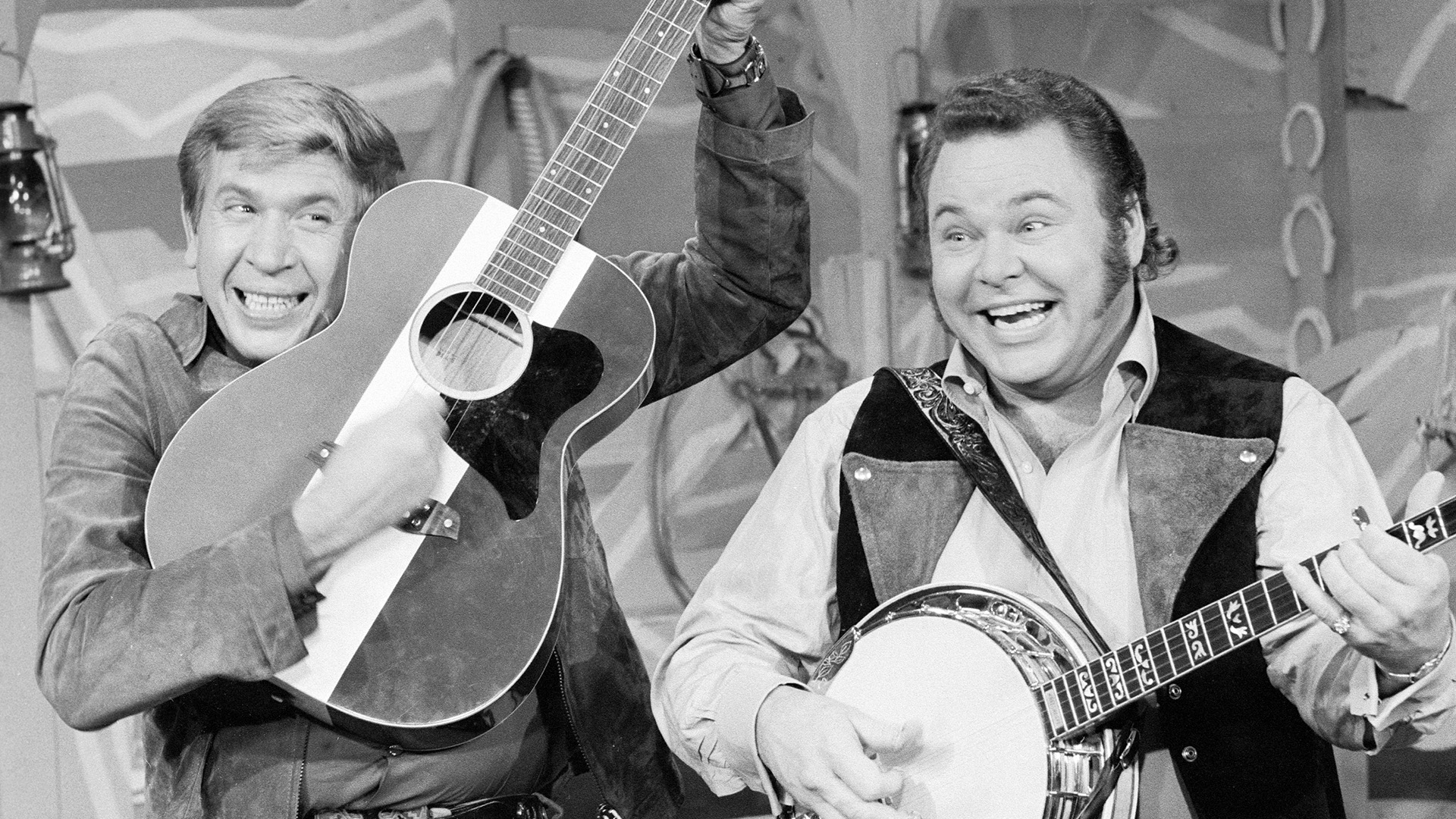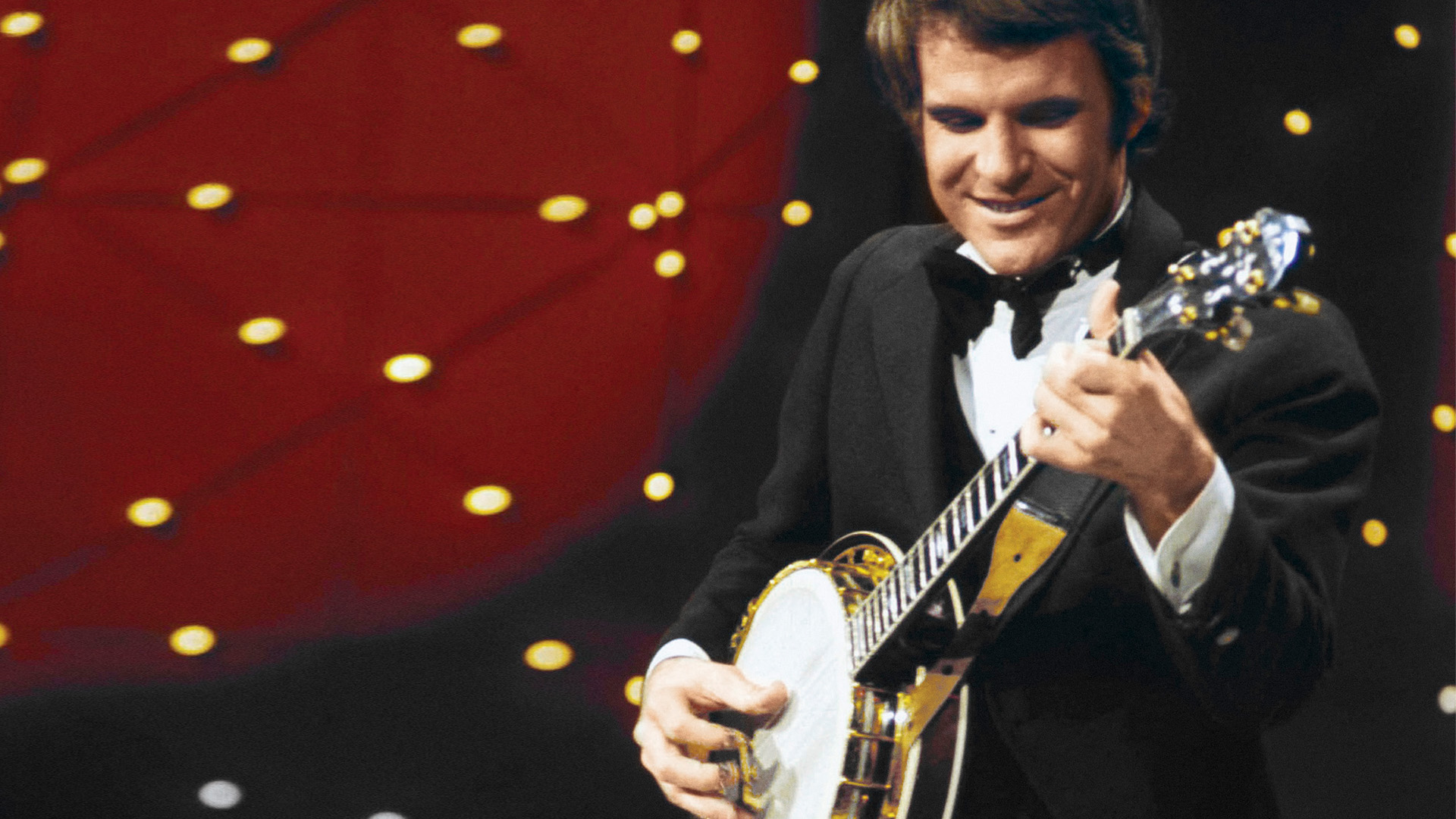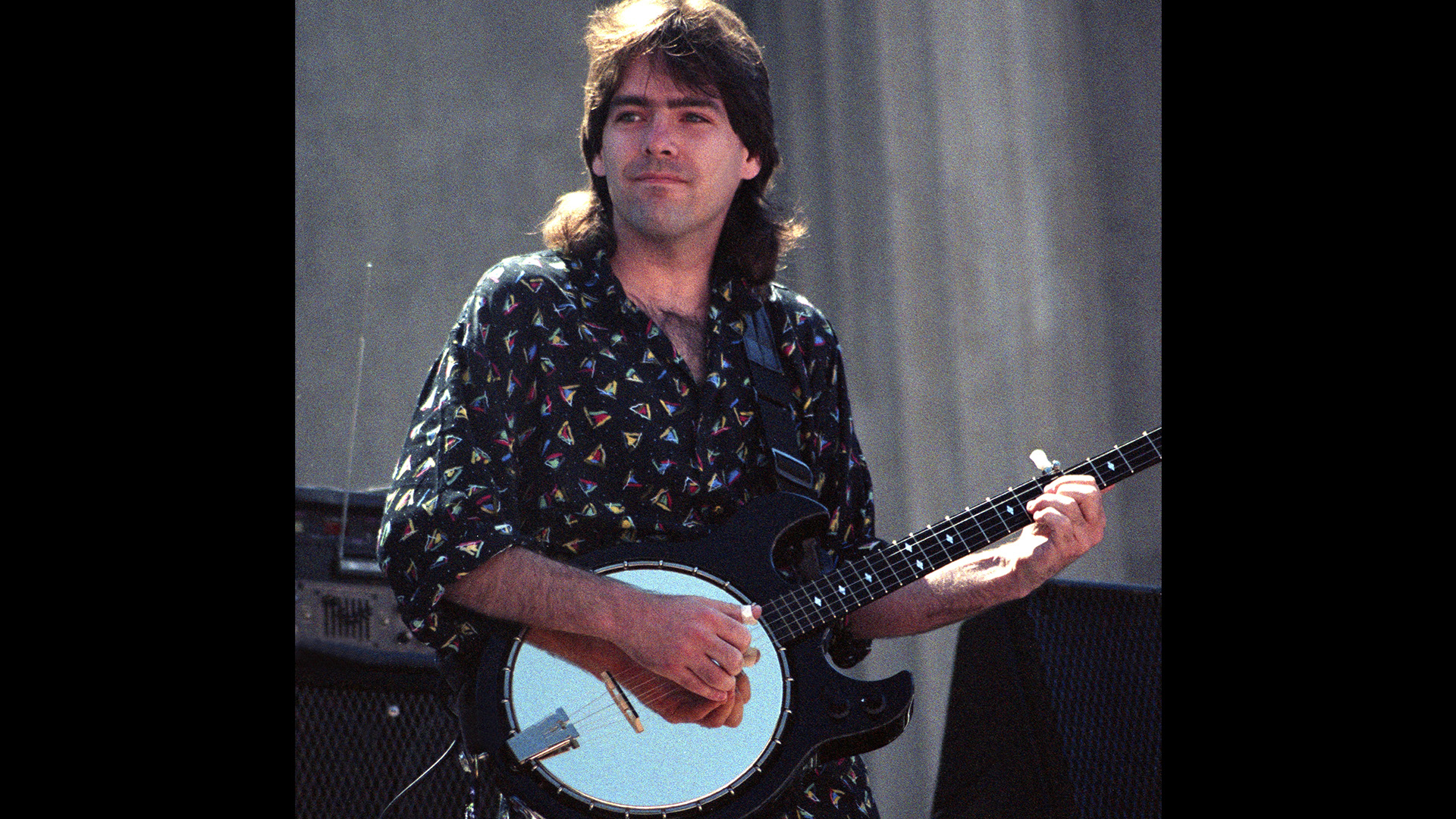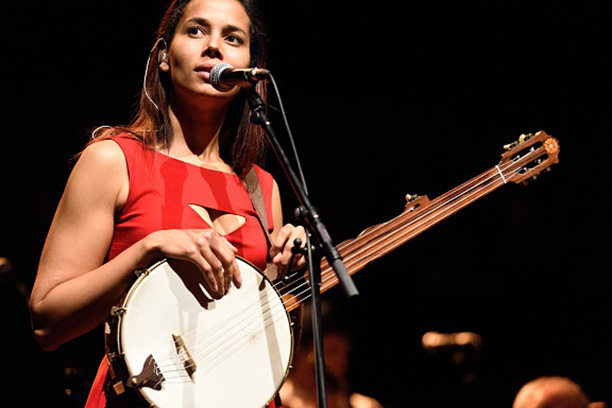“What is recorded is remembered.”
So a lot of people wonder, why don’t black people play the banjo anymore? What happened? Like what’s the deal with that?
After the turn of the century into the 1900s, The Appalachian Mountains are seen as the place that European specifically, English, Scottish, and Irish culture was undiluted and saved in the hollers of Appalachia, which is total nonsense. There were black people living in the mountains, up to 20% before the great migration.
At this point black and white string bands were playing a lot of the same material. It was a regional thing rather than a color thing in, in a lot of ways.
But then you have the beginning of recording industry, which begins the segregation of American music. The industry makes the decision to have race records and we’re going to have hillbilly records. And the race records are blues and jazz, quote-unquote black music. And the hillbilly records are going to be quote-unquote white music ignoring of course, that there’s still plenty of black people playing hillbilly music.
We have this false picture of where the banjo comes from in large part because of this time. But what is recorded is remembered, so a lot of these black string bands don’t get recorded…so, the black music tradition starts to dissipate the banjo, I think, was a casualty of that.
Follow the progression of banjo music from the advent of the recording industry in the 1920s to the present.






Rhiannon’s research on the banjo and its roots led her to one more startling discovery.
Continue to Part 6
Conclusion

